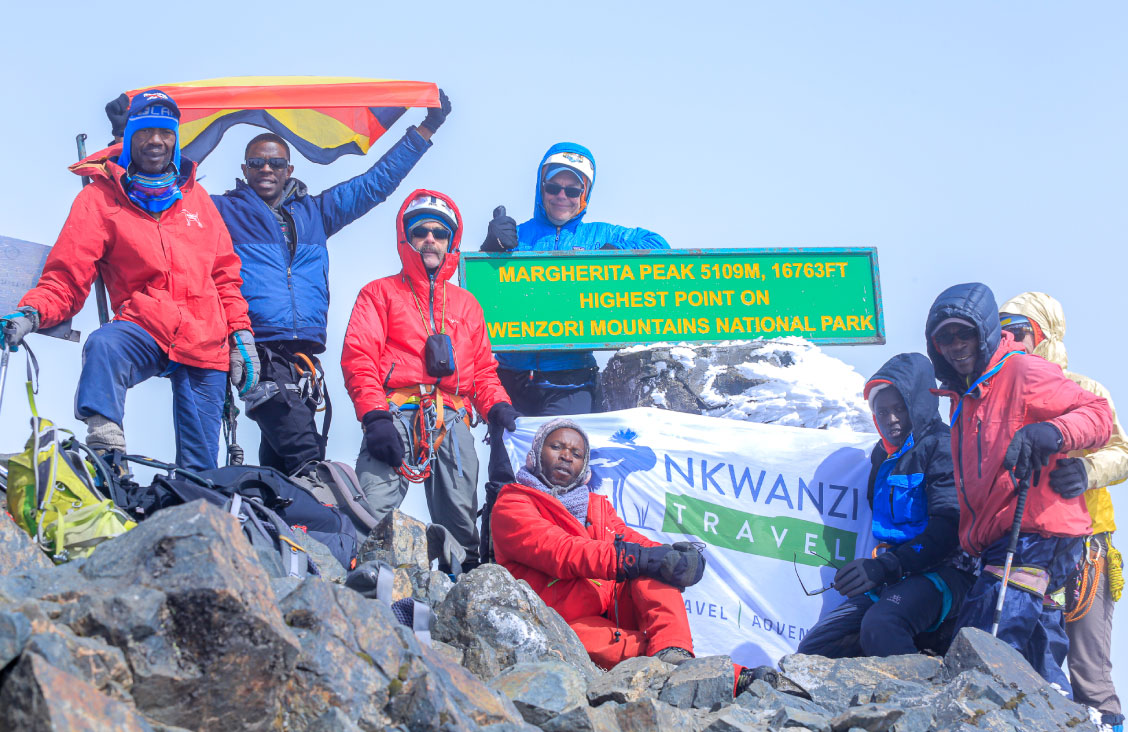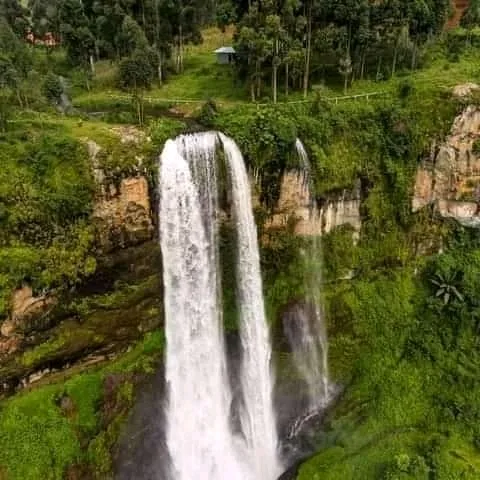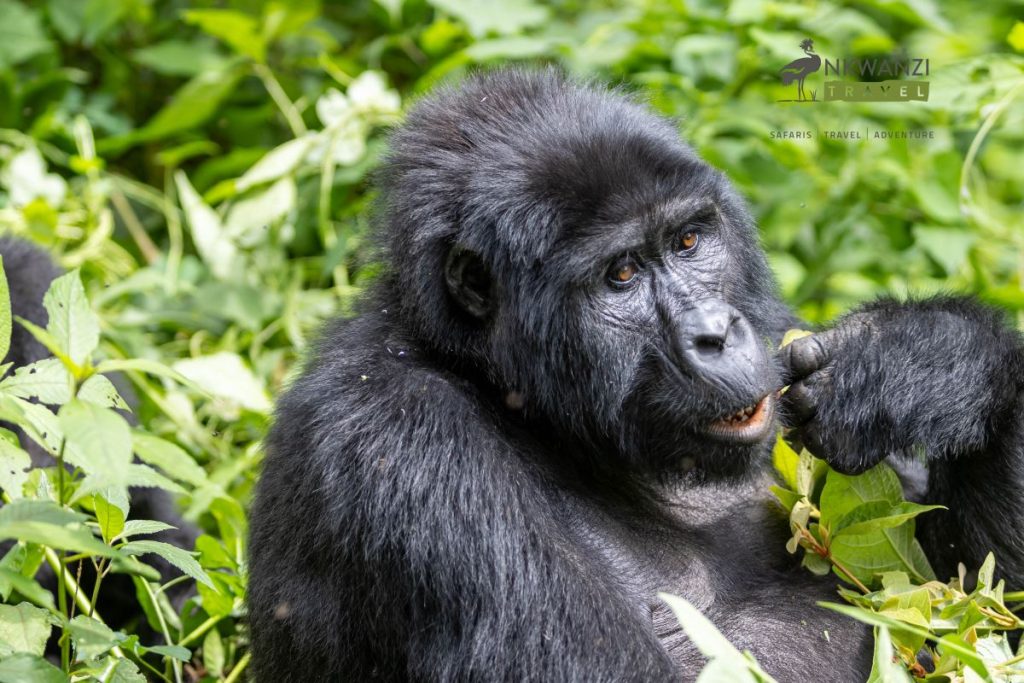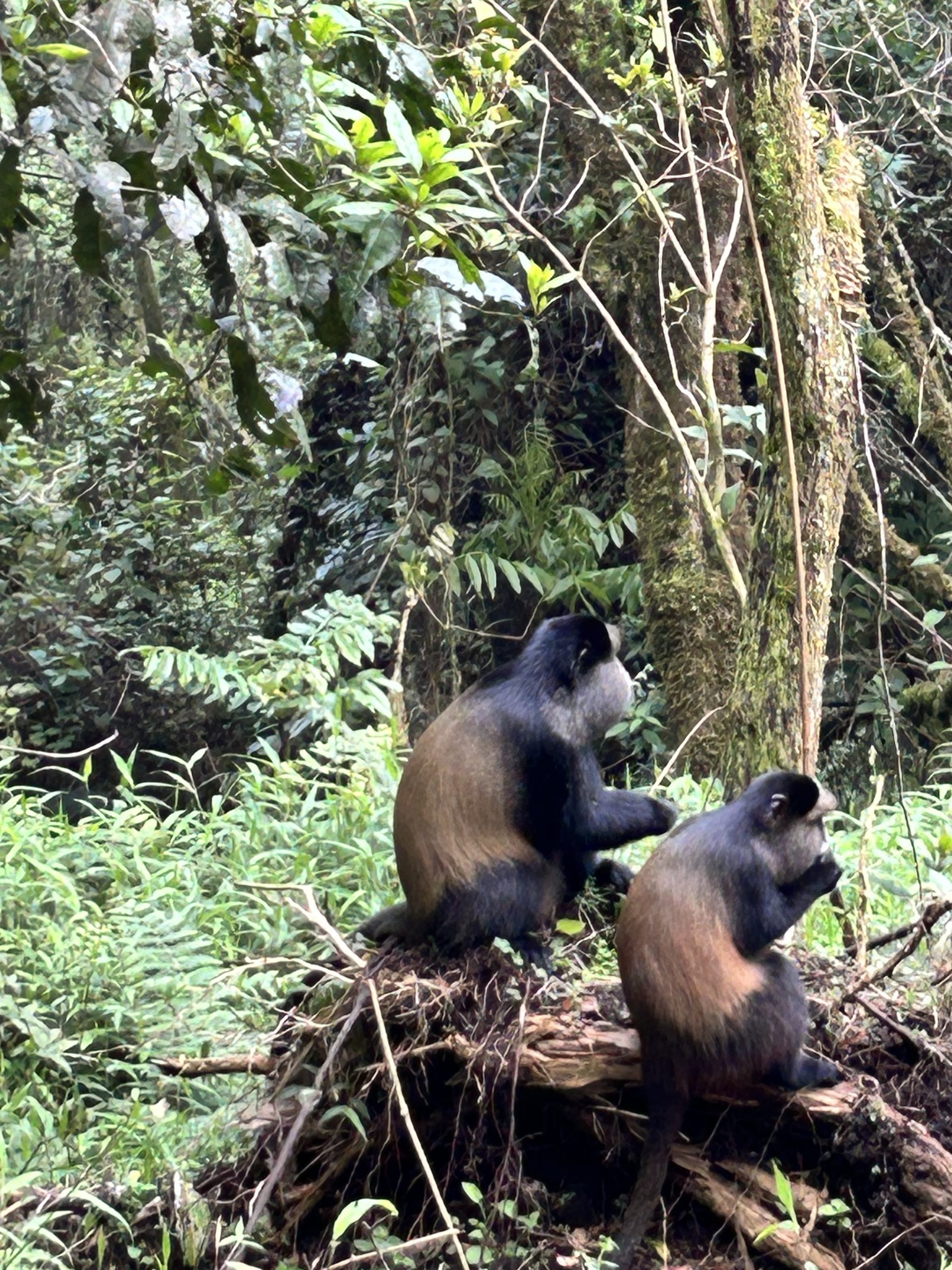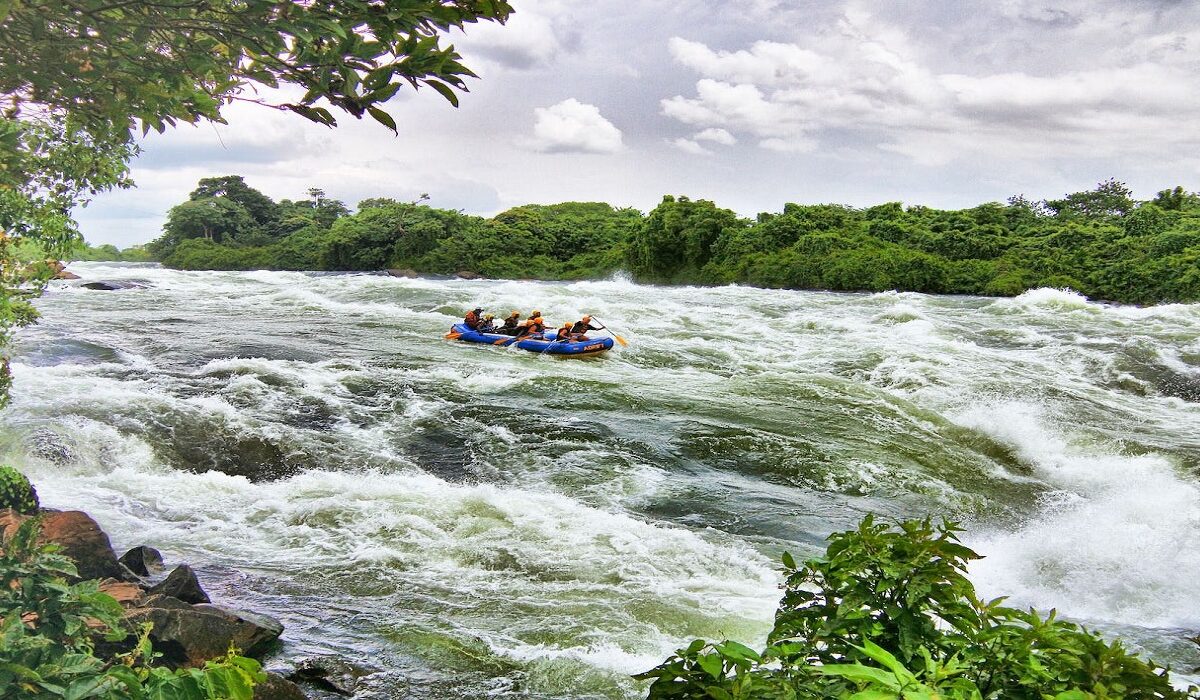Semliki National Park
Semuliki National Park
Semuliki National Park was gazetted in 1993 and covers an area of 220 square kilometers/22,000 hectares.
This Park is characterized by the extensive Savannah grasslands, hot springs, Semuliki River, lowland tropical rain forests bordered by the magical Mountains of the Moon.
It is a home to over 53 mammal species including several primates such as chimpanzees and over 441 bird species with some species being typical forest bird species. Much as this National park is rich with Biodiversity, it is not usually added on itineraries for safaris.
Semuliki is a good destination for birders with unique bird species found no where else in Uganda.
With 336 tree species recorded of which 24 restricted in the park. Butterflies and birds are many like hornbills, lyre tailed honey guide.
Butterflies and birds are many like hornbills, lyre tailed honey guide. Some species of mammals include forest buffaloes, blue duiker, pigmy squirrels and primates like blue monkey, olive baboon, and pottas hence making it a very beautiful national park.
Sempaya Hot Springs

The Hot Springs at Sempaya are Semuliki’s most famous attraction.
Two main springs are set in a lush S\l\ clearing close to the south-eastern corner of the fore~ outer spring is just a few minutes walk from the Ser park office.
This is dominated by a boiling geyser (1 which spurts up to 2m-high from a white, iced cake-likE of precipitated mineral.
Water also bubbles in small ponds in which eggs can be cooked.
The more distant inner spring is reached by a 30 minute path that leads through beautiful palm forest before crossing the swamp on a boardwalk. This spring is a broad pool about 10m across.
Sempaya Hot Springs
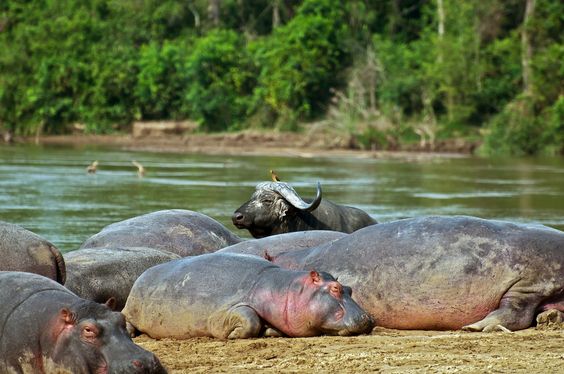
The Kirimia Trail leaves the main road near the iron bridge at Kirimia, 10 km from sempaya and runs for 11km to the Semliki River, fording the Kirimia stream a couple of times on the way.
The 3-4 hour walk to the river is a must for Birders seeking Semuliki Specials.
The Red Monkey trail runs from Sempaya to reach the river as it emerges from the forest. the 6 hour round trip provides opportunities to sight grassland as well as forest birds.
In dry weather it is possible to drive past the homesteads of the Batuku pastoralists east of the park to within 10-15 minutes walk of the river to look for crocodiles and water birds.
Bird Watching
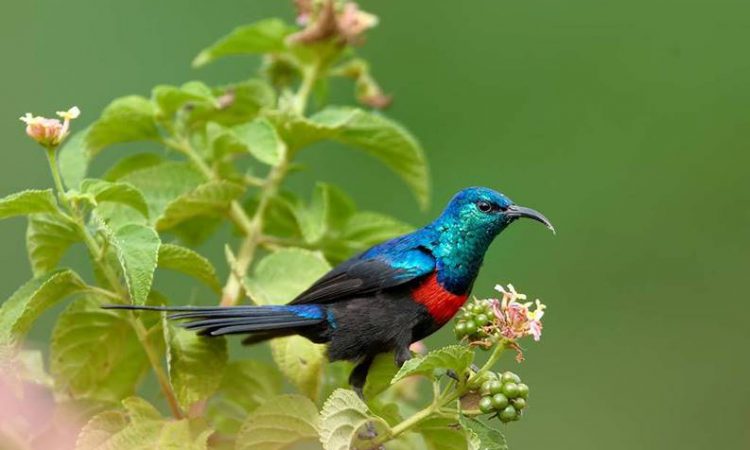
Semuliki National Park is one of the best places for bird watching in Uganda.
Semuliki National Park has half of the bird species found in the Democratic Republic of Congo because the park is an extension of the greater Ituri forest of the DR Congo which stretches up to river Zaire.
This extension allows species from central Africa to move up to Semuliki National Park.
Birding in the park can be done in the forest, around the Sempaya hot springs or behind the rangers post.
Apart from species already mentioned earlier, others include the African Dwarf Kingfishers, African Piculet, Bates’ Nightjar, Black Dwarf Hornbill, Black-collared Lovebird, Black-wattled Hornbills, African Goshawk, Ayres Hawk-Eagle, Cassin’s Spinetail, Great Sparrows, Red-thighed Sparrows, etc.
Late in the evening, you can start to hear the nocturnal residents like the African Wood Owl and the Buff-spotted Flufftail.
Forest & Nature Walks
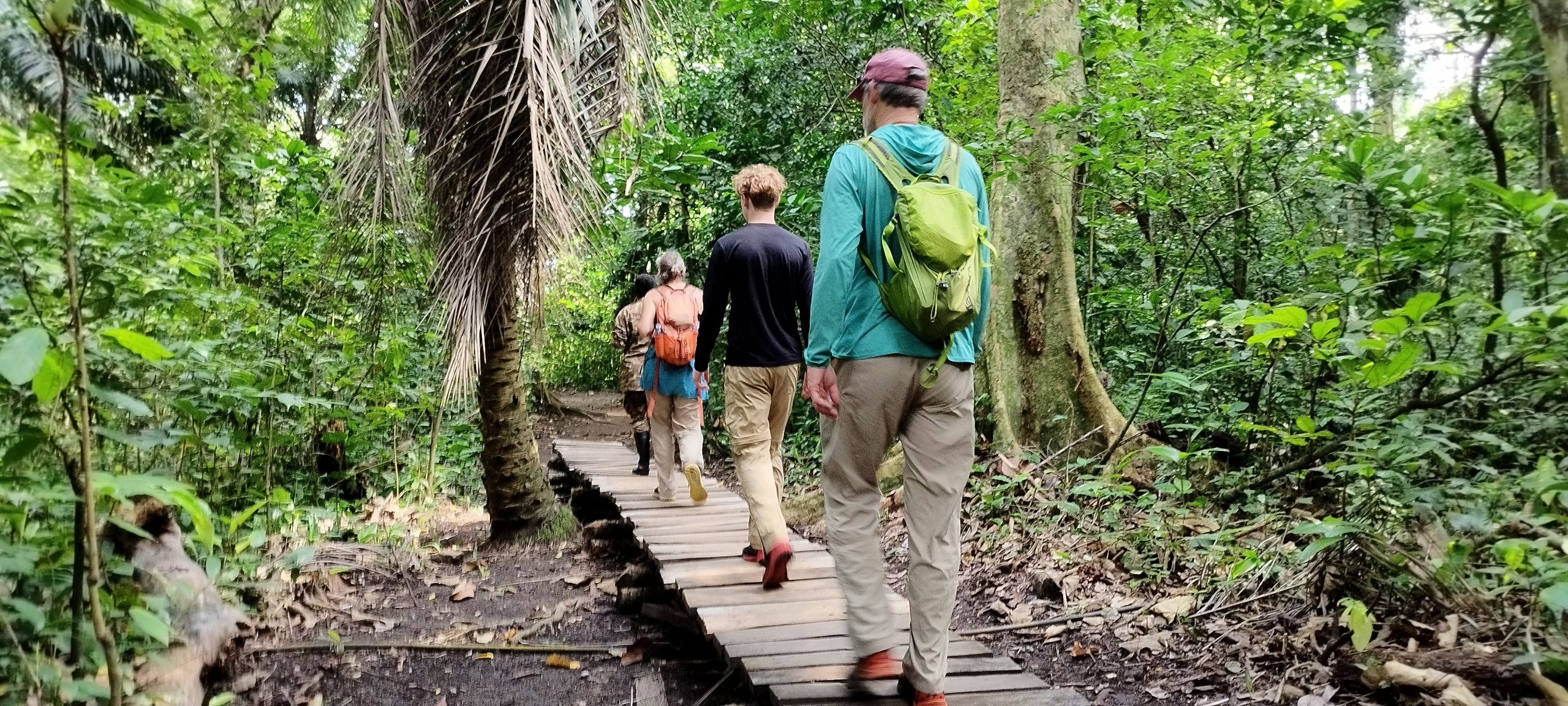
One of the popular activities in the park is taking a walk in the forest jungles to spot the vegetation, birds, butterflies and primates.
Forest Walks usually begin from around the Sempaya park gate ending at the hot springs.
There are three established walking trails in the park.
One of them is the Sempaya Nature trail which is 8 km long, the Red-monkey track of about 11 km and the Kirumia Hiking trail of 13 Kilometers.
Hikers need to carry rudimentary items like machete to cut overgrown vegetation as they clear paths in the forest.
Visitors interested in camping in the forest need to come with their own equipment.
Cultural visits & Encounters
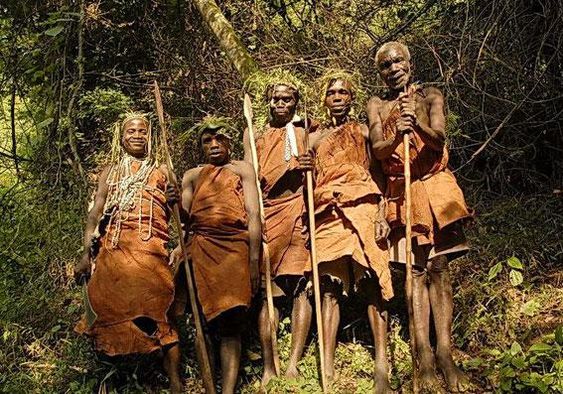
The area around the National park is home to by four indigenous tribes.
Visitors can choose to visit any of the four tribes living in the edges of the park.
The Batwa pygmies are hunters and forest gatherers while the Bakonjo and Bamba grow crops (rice, matooke, potatoes and cocoa) on the slopes of the mount Rwenzori.
The Batuku live in the northern section of the park as pastoralists.

